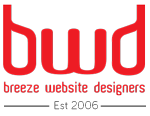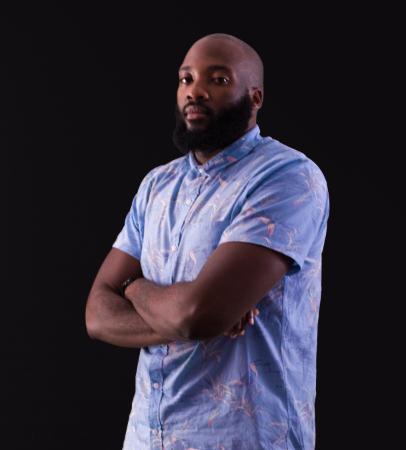Custom Web Design vs. Templates: An Informed Comparison
The importance of a website to any business in this digital age cannot be overstated here. A business website can be used for accomplishing different marketing strategies for helping your business grow. Compared with other advertising channels, the internet has a wider reach. A website...









